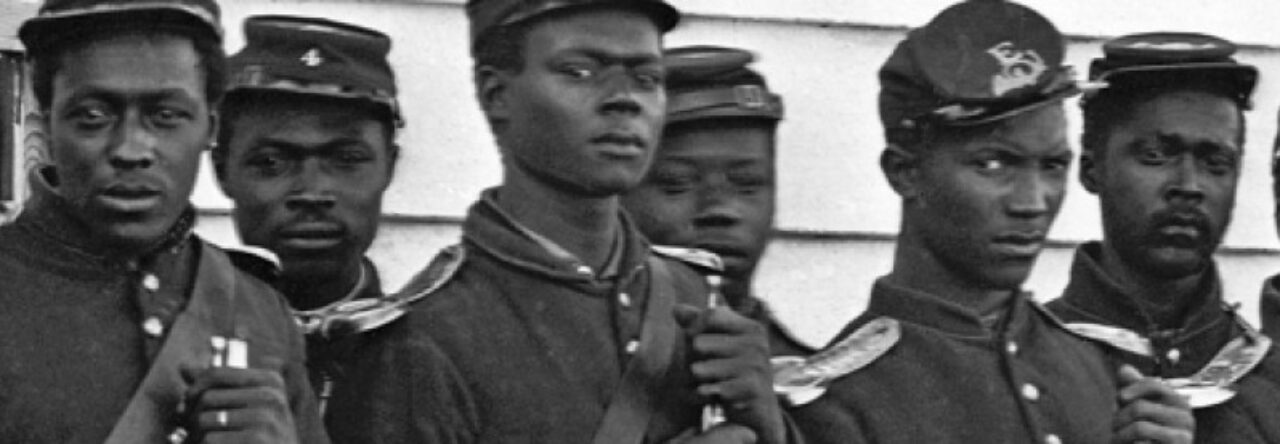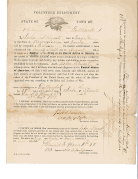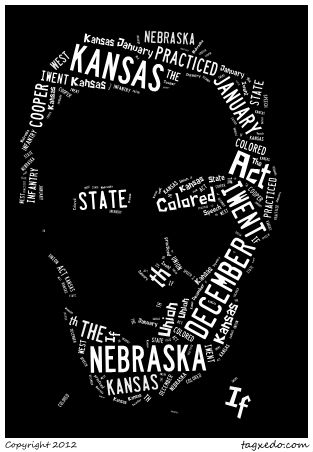As I walked into my friends house my interest was slightly peeked. Her description of some civil war stuff her mother in law had me a little curious. As I entered the dining room I actually gasped and became short of breath . I looked at not a couple of papers, but 150 authentic 1864 enlistment papers of soldiers who had enlisted in Gallipolis, Ohio in September of that year. These were real ,authentic, genuine 148 year old documents in my hands. I touched them with extreme care and asked in wonder how on earth did you get these? How come they are in such beautiful condition? Pat (Mother in law ) explained to me that her great great grandfather was the Captain in charge of enlisting the men of the Gallipolis. Ohio area. He was essentially the clerk in charge of all the paper work. In civilian life he had been a lawyer , a very neat and particular man it turns out. He had kept every document on every man he had enlisted. Pat tells me that these documents had been in a box in the basement of her grandmother for over 40 years . Pat had them in her attic for over 10 years and had just recently thought to see what was actually in the box. My co-worker called me and I have been helping research and talking to museums to figure out what to do with these precious and historically important papers.
As an educator this has been overwhelmingly satisfying to help research and preserve these wonderful pieces of history. I plan on scanning and copying every one of these (very delicately of course ). I will hopefully get hold of some experts to help research and perhaps solve some century and a half old mysteries. The search for knowledge of the past within these men’s stories. History can come alive as we connect with their experiences. These documents hold a window to the past. A look into the lives of these soldiers and the sacrifice they made to keep our country whole and free. It is indeed, a golden opportunity for me to use these documents to help my middle schoolers do some primary source research. This is so exciting to me I am so grateful for the opportunity to work with these documents.





